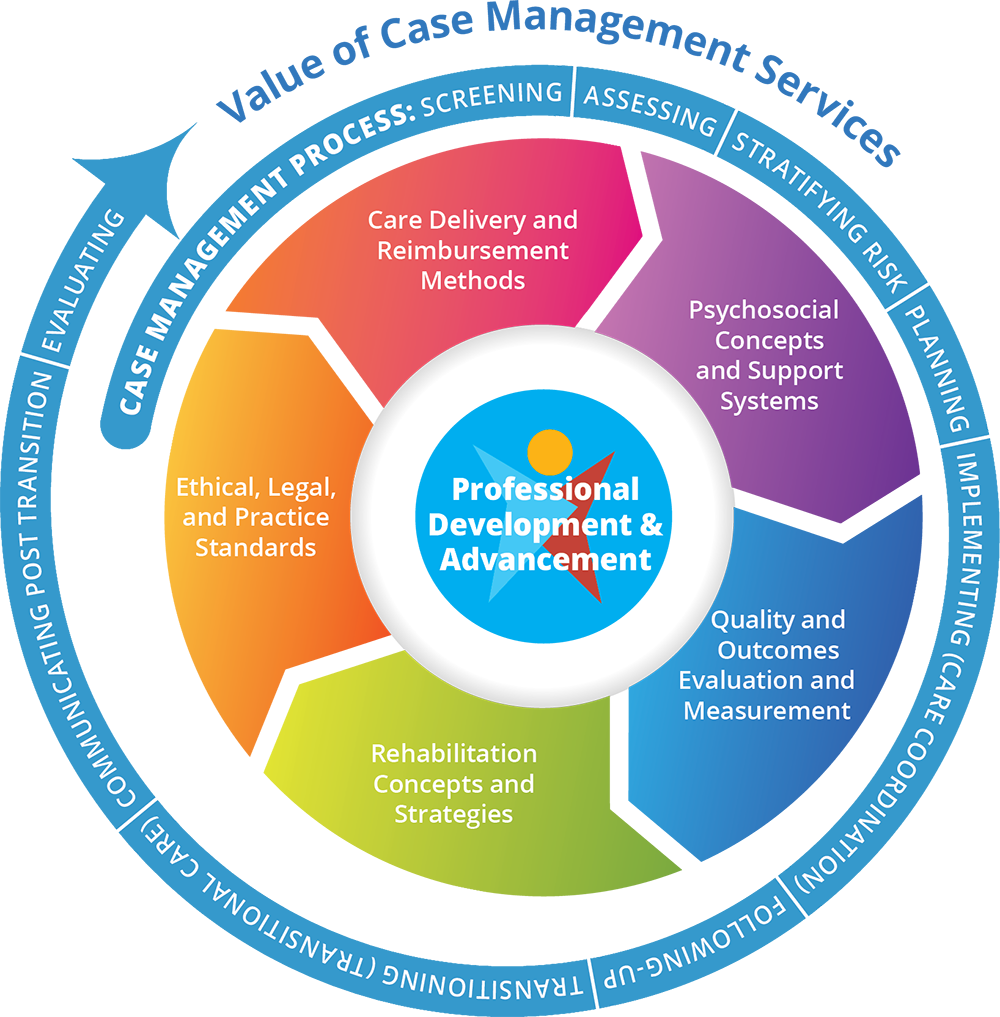For Care Managers
To treat type 2 diabetes (T2D), American Diabetes Association (ADA) guidelines are moving from a rigid, algorithmic approach to a multidimensional, patient-centered approach that recognizes different needs and goals among individual patients. This new approach is due in part to the different comorbidities that individual patients may present.
The most common comorbidities found in patients with diabetes are obesity, hypertension, and dyslipidemia.
Let’s review these 3 comorbidities:
Obesity
Over 85% of people with T2D are overweight or obese.3 Obesity has become an epidemic over the past few decades. One-third of all Americans are obese and another one-third are considered overweight. Further, in this world of processed food, big meal portions, and fewer opportunities to exercise, it’s become increasingly more difficult for people, including those with diabetes, to achieve normal weight.
The ADA recommends that diet, physical activity, and behavioral therapy designed to achieve >5% weight loss should be prescribed for overweight and obese patients with type 2 diabetes ready to achieve weight loss.
Even a modest amount of weight loss may provide clinical benefits (improved blood sugar levels, lower blood pressure, and lower LDL cholesterol) to patients with T2D, especially those recently diagnosed. You can help your T2D patients achieve weight loss with counseling on nutrition, physical activity, behavior modification, and ongoing support.
What is the difference between normal weight, being overweight, and being obese?
Measuring body fat is usually done utilizing the body mass index (BMI).4 Normal weight correlates with a BMI between 18.5 and 24.9. Patients are considered overweight if their BMI is 25 to 29.9, while patients with a BMI of 30 or above are considered obese.
Your patients can calculate their BMIs by using the Adult BMI Calculator from the Centers for Disease Control and Prevention at http://www.cdc.gov/healthyweight/assessing/bmi/adult_bmi/ english_bmi_calculator/bmi_calculator.html.
Hypertension
Many patients with diabetes do not have their blood pressure under control. In adults with diabetes who are aged 18 years or older, 71% had blood pressure ≥140/90 mm Hg or used prescription medications for hypertension between the years 2009 and 2012.
The American Association of Clinical Endocrinologists (AACE) recommend that blood pressure control be individualized, but that a target of <130/80 mm Hg is appropriate for most patients
AACE recommends medication selection should be individualized based on patient factors. An angiotensin-converting enzyme inhibitor (ACEI) or an angiotensin receptor blocker (ARB) are preferred for patients with T2D in addition to lifestyle management. For patients with blood pressure >150/100 mm Hg, AACE recommends 2 agents be given initially to achieve the blood pressure target.
High LDL cholesterol
In patients with diabetes aged 18 years or older, 65% had high LDL cholesterol (≥100 mg/dL) or used cholesterol-lowering medications.
Help your patients improve their cholesterol by reducing their intake of saturated fats, trans fats, and increase omega-3 fatty acids (found in fatty fish, such as salmon), soluble fiber (found in fruits and vegetables such as apples and peas), plant stanols/sterols (found in legumes, nuts, seeds, and whole grains), combined with weight loss (if needed) and increased physical activity, can help improve their lipid profile.
In most adult patients with diabetes, a fasting lipid profile should be done at least annually.
NOTES: ________________________________________________________________________________
________________________________________________________________________________
________________________________________________________________________________
________________________________________________________________________________
________________________________________________________________________________
________________________________________________________________________________
________________________________________________________________________________
________________________________________________________________________________
________________________________________________________________________________
________________________________________________________________________________
________________________________________________________________________________
________________________________________________________________________________
________________________________________________________________________________
________________________________________________________________________________
NEXT PAGE: ADHERENCE TO DIABETES MEDICATION: WHY IT'S IMPORTANT

